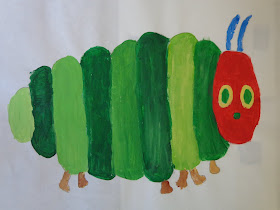Young children know little about the wars of the world or the number of soldiers lost. It is never too early to teach them to be grateful for the quality of life they enjoy.
It was John McCrae's poem, In Flanders Fields (1915) that drew attention to the poppy as a symbol of remembrance for soldiers lost in battle. However, the poppy first made its mark as early as the 19th century during the Napoleonic wars when it was noted that fields once barren exploded with the blood-red flowers after the fighting.
Three years after McCrae's poem was released Moina Michael, an American woman working in a New York City YMCA canteen, began wearing a poppy in memory of the millions who died on the battlefield.
Madame Guerin, a citizen of France, while visiting the US learned of the custom and took it home using handmade poppies to raise money for the destitute children in war-torn areas of the country.
Canada saw the first poppy distribution in November of 1921.

















